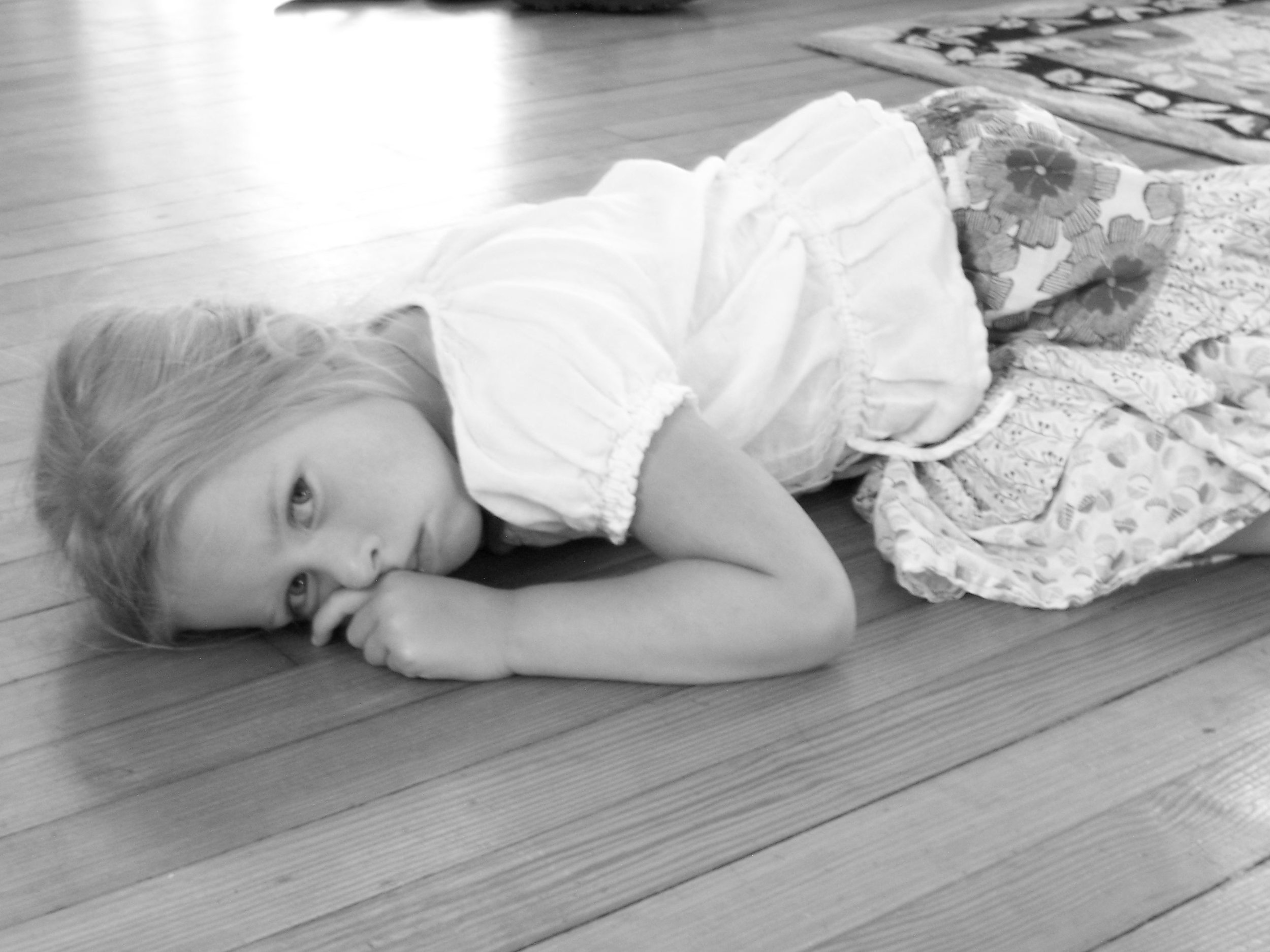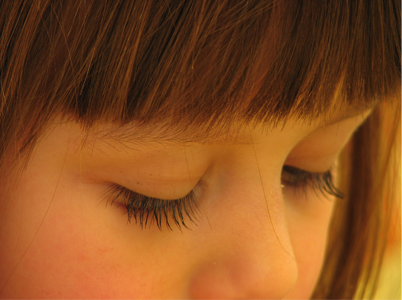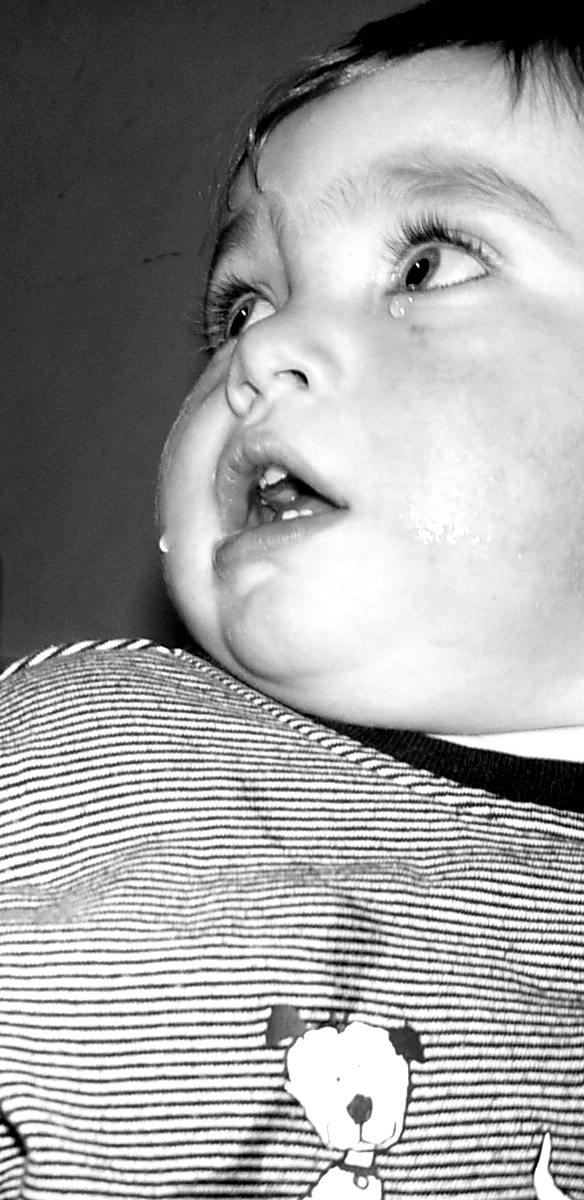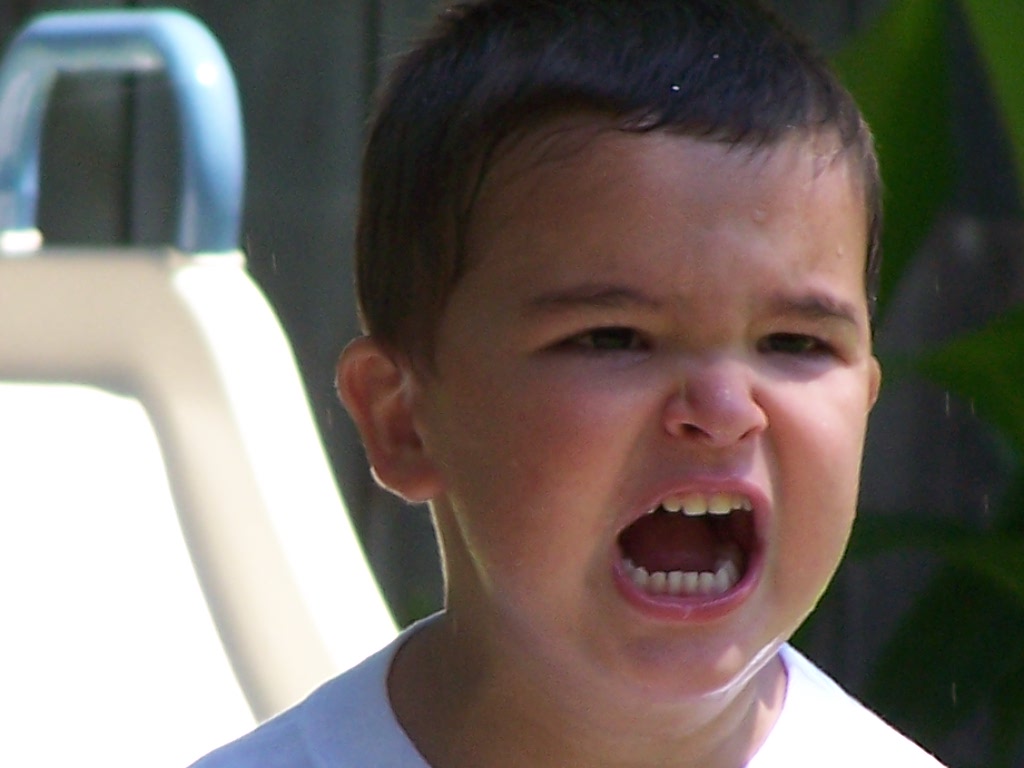Worries and Woes: Preventing Anxiety in Children – UBC “in the know” Education Webinar
 In her presentation, Worries & Woes: Preventing Anxiety in Children, Dr Lynn Miller PhD, R Psych talks about how, as a country, we are beginning to talk more about mental health and how parents can recognize and understand the mental health issues their children may be facing. As well as what the risk factors are for experiencing mental health problems, and how to access resources to help manage children’s mental health issues.
Most people will experience a mental health issue at some point in their life. Knowing when and how to access help to support these issues is important to parents. Mental health issues impact on learning, and there is growing evidence that focusing on children’s social emotional competence in the early years, positively affects mental health, sexual health, and educational and economic achievement in adulthood. Pro-social behaviours in children have been demonstrated to be better predictors of academic achievement than standardized test scores. Social emotional learning (SEL) is now recognized as being a crucial element of early years education.
In her presentation, Worries & Woes: Preventing Anxiety in Children, Dr Lynn Miller PhD, R Psych talks about how, as a country, we are beginning to talk more about mental health and how parents can recognize and understand the mental health issues their children may be facing. As well as what the risk factors are for experiencing mental health problems, and how to access resources to help manage children’s mental health issues.
Most people will experience a mental health issue at some point in their life. Knowing when and how to access help to support these issues is important to parents. Mental health issues impact on learning, and there is growing evidence that focusing on children’s social emotional competence in the early years, positively affects mental health, sexual health, and educational and economic achievement in adulthood. Pro-social behaviours in children have been demonstrated to be better predictors of academic achievement than standardized test scores. Social emotional learning (SEL) is now recognized as being a crucial element of early years education.
Children’s SEL competencies include:An ability to mix with other children, manage aggressive impulses, and engage cooperatively have high predictive value of later academic and social success. This is supported by extensive research (Weissman et al).
- Problem-solving methods
- Ability to initiate, maintain and end friendships
- Strong interpersonal skills (social skills, get along with others)
- Adaptability, flexibility (ability to cope with demands of environment in a flexible and realistic manner)
- Stress management (ability to work well under pressure or resist/delay an impulse)

Dr Miller describes how swooping in too quickly to solve problems for children can be counter-productive, and can inhibit a child’s development in learning critical problem-solving skills that will help them cope with frustration and consequences through their own initiative. Learning to interact socially with others is a vital skill throughout life.
Dr Miller points to the evidence that adults most often lose jobs as a result of their inability to interact cooperatively with their peers in workplace situations. These skills need to be integrated in childhood.
Our society is changing at an unprecedented rate, and the flexibility and adaptability to cope with this reality are valuable skills from childhood onwards throughout life. Self-management skills and resilience to cope under stress is also crucial to life in the modern world. These skills are tested severely at the transition point into post-secondary education (25% of students find the demands of first-year university unmanageable). Academic intelligence is not enough to predict real-world success as an adult.
Dr Miller makes the point that mental health problems are a significant factor in challenges with developing strong social emotional skills. There is evidence that 13-20% of all children aged 4-16 will experience one or more clinically significant emotional or behavioural problem, and only 1 in 6 of these will be in contact with a mental health professional. Anxiety disorders are the mostly commonly diagnosed mental health disorders in children, accounting for more diagnoses than the entire range of disruptive behavioural disorders."
Anxiety disorders begin early, and there are peaks in symptoms at the points of increased brain growth and at puberty. The entry to school (around 4 years) is one of the peaks for anxiety disorders. It is important to recognize that anxiety is a normal experience, essential to our functioning, that occurs on a continuum. The measures of disorder are frequency and intensity.
In the anxiety pattern, thoughts lead to feelings, which can lead to physical symptoms and behaviours that lead to reassurance. Effective interventions can take place by teaching alternative thought patterns and behaviour responses.

Dr Miller stresses that anxiety is developmental. Infant/toddlers most often exhibit anxieties around separation and novel experiences. Preschoolers are often anxious about animals, the dark, or separation. Children in elementary school often feel anxious around adaptations, performance and family, while adolescents are likely to experience social and existential anxiety along with anxiety around the future.
For a toddler to express distress about separation from a primary caregiver is normal between 6 months and 36 months. It demonstrates that attachment is taking place appropriately. This can pose difficulties for parents leaving a child at daycare, and often comes as a surprise to parents who have been used to their infant passing happily from hand to hand. Anxiety around novel situations is also normal at this age and there is increased awareness of changes in the immediate environment, sometimes to the point of being hesitant to move from a sidewalk to a grassy area. This reflects normal brain development at this age.
Preschoolers are prone to worries about the dark and around separation. Bedtime routines can become very complex and formalized at this age! Dr Miller notes that these anxieties, normal to this stage of brain development, become cause for concern if they are still manifesting in a child by the age of 8.
 Anxiety is also behavioural (fight, flight, freeze response). Our bio-chemical responses to threat include pupil dilation, flushing and stimulation of the tear-ducts. The blood drains from your head to your muscles, increasing heart rate and inhibiting logical thought as the body’s biological survival system kicks in. The face will pale and the body cools itself by sweating. Digestive chemicals are secreted into the stomach to clear the stomach in order to enable the body to run away. These impulses are triggered by anxiety, so when a child becomes big-eyed, tearful, pale and complains of stomach-aches, these are normal responses to an anxiety trigger. If flight is not an option, freezing/forgetting (being unable to answer) or fighting (aggressive response) are likely behaviours. A child is likely to seek reassurance, for example by wanting to sleep with their parent, or by exhibiting demanding behaviours.
Anxiety is also behavioural (fight, flight, freeze response). Our bio-chemical responses to threat include pupil dilation, flushing and stimulation of the tear-ducts. The blood drains from your head to your muscles, increasing heart rate and inhibiting logical thought as the body’s biological survival system kicks in. The face will pale and the body cools itself by sweating. Digestive chemicals are secreted into the stomach to clear the stomach in order to enable the body to run away. These impulses are triggered by anxiety, so when a child becomes big-eyed, tearful, pale and complains of stomach-aches, these are normal responses to an anxiety trigger. If flight is not an option, freezing/forgetting (being unable to answer) or fighting (aggressive response) are likely behaviours. A child is likely to seek reassurance, for example by wanting to sleep with their parent, or by exhibiting demanding behaviours.
Anxiety is differentiated from other childhood mental health issues by its physical nature. Common symptoms include:
- Abdominal – nausea, stomach aches, etc.
- Arousal – heart rate, breathing, shaky, dizzy
- Tension – headaches, muscle aches, fatigue
- Sleep – insomnia, avoidance
Commonly associated features of anxiety include:
- Depressed or irritable mood, cries easily
- Fidgety, nervous habits (e.g. nail biting)
- Headaches, upset stomach, aches and pains
- Overly dependent or “clingy”
- Perseverance, difficulty shifting tasks, resistance to change, inflexibility
- Easily overwhelmed; gives up easily
- Difficulty demonstrating knowledge on tests or during classroom participation
- Trouble coming to school or entering school/classroom
Big transitions in a child’s life, such as family breakdown, a move of house, or the death of a pet, can trigger anxiety in children. Dr Miller states that anxiety disorders commonly occur in children of average to above average intelligence, and is an internalized disorder, which can often mask symptoms and create challenges with diagnosis. She identifies the most common triggers as being:
- Genes
- Avoidance
- Modeling/parenting reaction
- Early experiences
- Friendship difficulties
When is anxiety a “problem”? Dr Miller asks four questions:
- Is it developmentally appropriate?
- What is the duration?
- How does it compare to the behaviour of the child’s peers?
- How much is it interfering with the life of the child and family?
What maintains anxiety? Dr Miller stresses that the most important of these factors is avoidance (putting things off, avoiding school/keeping the child away from animals, missing out on family social outings, etc.). Other factors can include:
- Anxious self-talk
- Mistaken beliefs
- Lack of assertiveness
- Lack of self-calming skills
- Life stressors
- Excessive reassurance-seeking
The treatment recommended by the Canadian Medical Association as most successful for anxiety disorders is Cognitive Behavioural Therapy (CBT). CBT involves changing what we think an how we behave to influence how we feel. CBT involves five steps:
- Teach your child about anxiety (Recognizing and naming anxiety): listen to your child’s fears and let your child know that anxiety is a) normal and helpful in some situations; b) not dangerous; c) private; d) temporary (it WILL pass).
- Relaxation tools: a) calm breathing (bubble breathing); b) progressive muscle relaxation; c) visual imagery.
- Helpful thinking: Come up with some helpful, brave thoughts with your child and practice them.
- Facing fears: with your child, pick some achievable goals to work on, the repeat each step until the child becomes less fearful. Stay in the situation, don’t rush, and offer lots of encouragement and rewards for success. Work with your child’s daycare or preschool teacher and keep them informed of progress.
- Relapse prevention: monitor child’s behaviour and act quickly to address new anxieties that develop, before they have a chance to become entrenched.
For more information, go to www.anxietybc.com Dr Miller stresses that anxiety disorders are probably the most treatable of all mental health concerns.
To access this presentation here.
